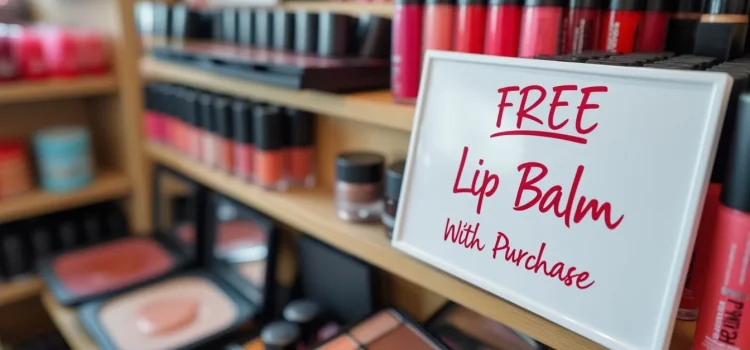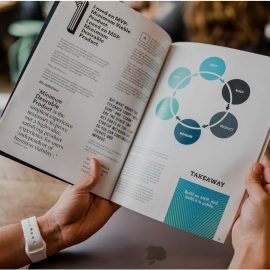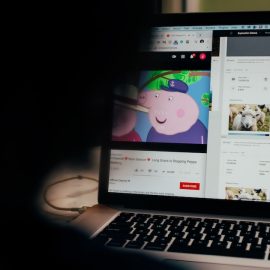

This article is an excerpt from the Shortform book guide to "$100M Offers" by Alex Hormozi. Shortform has the world's best summaries and analyses of books you should be reading.
Like this article? Sign up for a free trial here.
What makes bonus offers so powerful in sales? How can you time the reveal of your bonus to influence a customer’s buying decision?
According to Alex Hormozi, bonuses can make your product offering more attractive to customers. His method focuses on strategically adding value through bonus items while maintaining profitability and creating an irresistible deal for customers.
Keep reading to learn how you can transform your sales approach by mastering the art of bonus offerings and their timing.
Alex Hormozi on Bonuses
According to Alex Hormozi, bonuses—extra items or services presented as “free”—can significantly enhance the attractiveness of your offer. The key is to increase the price of your product so that you can add extra items and frame them as free to the customer. This makes the customer feel like they’re getting an exceptional deal.
For example, you might say, “At no additional cost, we’ll give you five accessories to go with your new gadget.” This offer appears more generous than the gadget alone, even if you’ve already factored in the price for those bonus items. If you add bonuses one after another to your original offer, the deal becomes increasingly irresistible.
The timing of when you reveal bonuses can also impact their effectiveness. Hormozi recommends that you offer bonuses after you pitch a product by itself: Start by presenting the main offer, and if the customer decides to purchase it, offering them a bonus afterward will be a pleasant surprise that adds value. If they’re hesitant initially, and then you offer the bonus, this can tip the scales in your favor. By offering an unexpected extra “gift,” you create a sense of obligation. The customer will want to repay your apparent generosity by accepting the new offer.
| Create a “Perceived Value,” & Then Exceed It This strategy works by leveraging the psychological principle of perceived value to create a compelling proposition for customers. When you first set a price for a product, it establishes an anchor point in the customer’s mind, effectively defining how much they believe that item is worth. This initial valuation then becomes the baseline against which any additional offerings are measured. So, by then adding extra products or services at no additional cost (often called bundling), you increase that perceived value without changing the price. Since the customer’s perception of the original product’s worth remains tied to the initial price point, these bonus items are seen as pure added value. This strategy effectively amplifies the perceived benefit-to-cost ratio in the customer’s mind, making them feel as though they’re getting significantly more value for their money. |

———End of Preview———
Like what you just read? Read the rest of the world's best book summary and analysis of Alex Hormozi's "$100M Offers" at Shortform.
Here's what you'll find in our full $100M Offers summary:
- How to show customers you have an offer they can’t refuse
- Tips for setting high, yet fair prices for your products
- The one thing that both small and big businesses have in common






